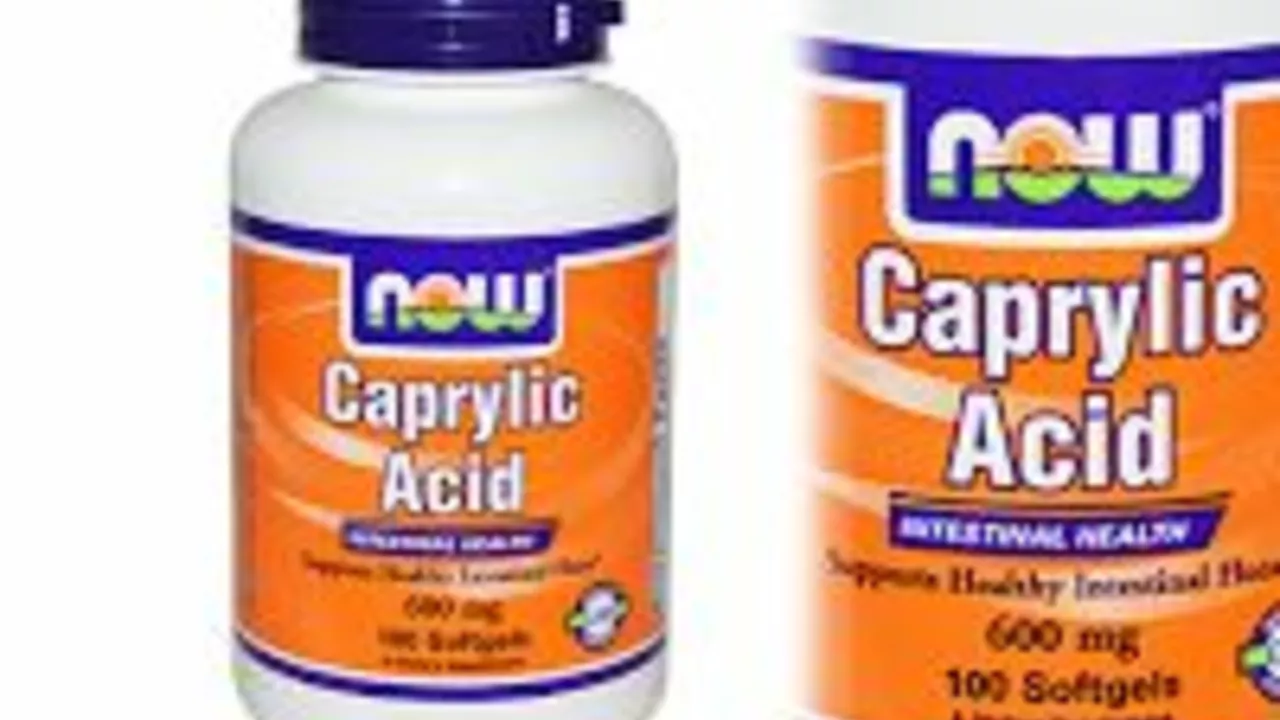Licorice: What it does and how to use it safely
Did you know licorice root can help a sore throat and upset stomach but also raise blood pressure? That mix of benefit and risk is exactly why people need clear, practical info before using it. Here’s a no-nonsense guide to what licorice does, when to choose DGL, and who should avoid it.
Benefits and common uses
Licorice comes from Glycyrrhiza glabra and contains glycyrrhizin, the sweet compound that gives it flavor and effects. Traditional uses include easing heartburn, soothing sore throats, calming coughs, and helping mild stomach ulcers. Modern herbal products include teas, extracts, and DGL (deglycyrrhizinated licorice), which has most glycyrrhizin removed to lower side effects.
DGL is popular for indigestion and acid-related discomfort. People chew DGL tablets before meals to coat the stomach lining and help healing. Licorice tea or full-spectrum extract is more likely to show anti-inflammatory and antiviral activity in lab studies, but these forms also carry higher risk of side effects when taken long term.
Risks, interactions, and safe dosing
The main concern with regular licorice (contains glycyrrhizin) is that it can act like a steroid in the body: it may lower potassium, cause fluid retention, and increase blood pressure. That’s why people with high blood pressure, heart disease, kidney problems, or low potassium should avoid glycyrrhizin-containing licorice.
Drug interactions to watch for: diuretics, ACE inhibitors, ARBs, digoxin, blood thinners like warfarin, and drugs that affect potassium. Combining licorice with corticosteroids can increase side effects. If you take prescription meds, check with your doctor before using licorice products.
Typical safe approaches: use DGL chewables (often 380 mg before meals) for short-term stomach issues. If you use licorice tea or full extracts, keep it occasional and short-term—think days to a few weeks, not months. If you feel weak, notice muscle cramps, swelling, or a sudden rise in blood pressure, stop use and seek advice.
How to pick a product: choose DGL if you want stomach support without the blood pressure risk. Look for clear labels, third-party testing, and standardized extracts if possible. For full licorice extracts, check the glycyrrhizin content and use the lowest effective dose.
Pregnant and breastfeeding people should avoid glycyrrhizin-containing licorice. Children and older adults are more sensitive to effects on blood pressure and potassium.
If you’re trying licorice for the first time, start small, limit use to short periods, and track your blood pressure and symptoms. When in doubt, ask a pharmacist or doctor—especially if you’re on meds or have chronic conditions.
Licorice can be helpful in the right form and dose, but it’s not risk-free. Choose DGL for digestion, limit full licorice to short-term use, and check with a healthcare pro if you have health concerns.

Transform Your Diet with Licorice: The All-Star Dietary Supplement You've Been Missing
Jun 18 2023 / Health and NutritionI recently discovered an all-star dietary supplement that I just had to share with you all - licorice! It might surprise you, but this sweet treat can actually work wonders for your diet. I've found that it can help with digestion, reduce inflammation, and even boost your immune system. Not only that, but licorice can also help balance your hormones and support weight loss. So, if you're looking to transform your diet, don't miss out on the amazing benefits of this underrated supplement!
VIEW MORE